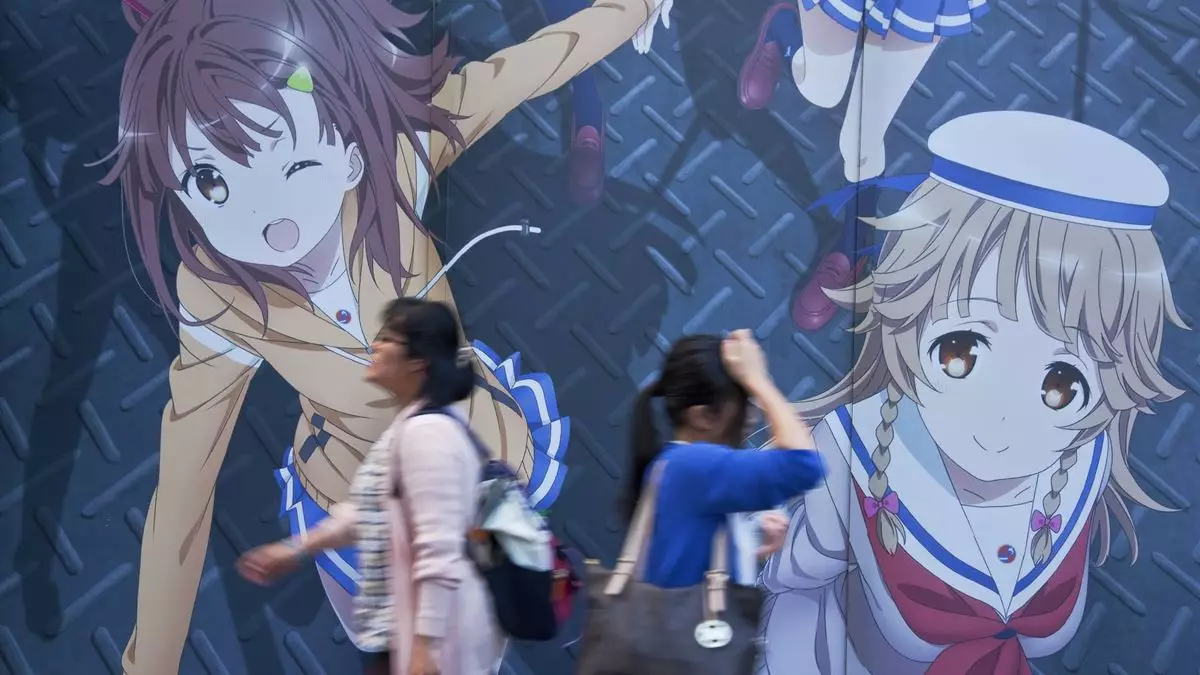The emergence of AI-generated content has sparked a complex dialogue about creativity, originality, and ethical considerations in the digital age. Among the waves of viral dance videos and catchy tunes on platforms like TikTok, an intriguing new phenomenon has taken root: AI generated images that mimic beloved animation styles, particularly that of the renowned Studio Ghibli. With OpenAI’s latest iteration, GPT-4o, the discussion has intensified, spotlighting the capabilities and implications of this sophisticated technology while forcing us to ponder whether it represents a groundbreaking innovation or a potential threat to the artistic community.
AI’s Artistic Abilities: Not Just a Trend
Scrolling through one’s ‘For You’ page, it’s hard to ignore the power of AI in reshaping creative expression. OpenAI’s GPT-4o has been optimized for generating images that are not only visually appealing but also stylistically varied. This means that users can request certain themes and the AI can produce multiple iterations of an idea with striking consistency—whether it’s a penguin dressed as a mage or a landscape that seems to jump straight out of an animated film. The ability for users to finesse their prompts through a chat interface contributes to a more engaging and personalized experience.
Yet, this raises an important question: has the bar been lowered for what constitutes genuine artistry? With algorithms capable of creating images that replicate the aesthetics of established trends, one might worry that the skills honed by human artists could be sidelined. While many celebrate these advancements as democratizing art, it also risks devaluing the individual touch that comes from human creativity.
Popularity and Precautions: The Paradox of Demand
Notably, the sudden rush of interest in these AI-generated images has overwhelmed OpenAI’s expectations. The CEO, Sam Altman, openly acknowledged the unexpected popularity of image generation, especially in styles reminiscent of Studio Ghibli. His candidness suggests that while demand is high, there is also a responsibility at play regarding how this technology impacts the creative landscape.
However, what this means for the future remains murky. The irony lies in the fact that while users are fascinated by the novelty and entertainment offered by AI images, entrenched concerns regarding copyright and artistic integrity simmer beneath the surface. In theory, OpenAI has taken steps to mitigate potential copyright infringement, but reports indicate that workarounds exist. Users are eager to evade restrictions, which may further complicate how we view and regulate the intersection of technology and art.
The Ghosts of Influential Figures: Miyazaki’s Warning
The voice of caution comes from none other than Hayao Miyazaki, the iconic animator who has voiced vehement opposition to AI-generated content in the past. His perspective offers a sobering counter-narrative to the excitement around these new technologies. In a world where automation increasingly encroaches upon creative endeavors, Miyazaki’s insistence on preserving the life and soul of handcrafted artistry stands as a poignant reminder of what could be lost.
His earlier insights urge reflection on the emotional and human elements embedded in art. Far more than mere visuals, art has the power to evoke emotions, provoke thoughts, and foster connections between individuals. AI-generated images, despite their optical appeal, can lack the intrinsic qualities that are uniquely human—qualities that take years to cultivate through practice and vulnerability.
A Public Reckoning for Artists
As someone who has a personal connection with numerous professional artists, I cannot help but feel a sense of disquiet. While platforms like TikTok have become breeding grounds for creativity and innovation, they can also serve as a double-edged sword for artists struggling to establish their worth. The rising prevalence of AI-generated content could embolden certain entities to exploit this technology, chipping away at the value of artistic skill sets in favor of convenience and cost-effectiveness.
Risks of exploitation loom large. The thought of companies opting for AI-generated imagery instead of commissioning living artists for their projects is troubling and speaks to a much broader issue regarding how society values creative professions. This trend could potentially contribute to an environment where artistic integrity is thoroughly commodified, leading us toward a dystopian landscape filled with “AI-slop”—shallow, generic representations that lack depth and authenticity.
In an era where technological advancements promise ease and efficiency, it is crucial that we foster a discussion on the ethical implications of AI in creative fields. The marvel of GPT-4o’s capabilities cannot overshadow the potential risks that accompany its widespread adoption. As consumers, creators, and stakeholders, we must advocate for responsible practices that uphold the sanctity of art while navigating this new tide of artificial intelligence.

